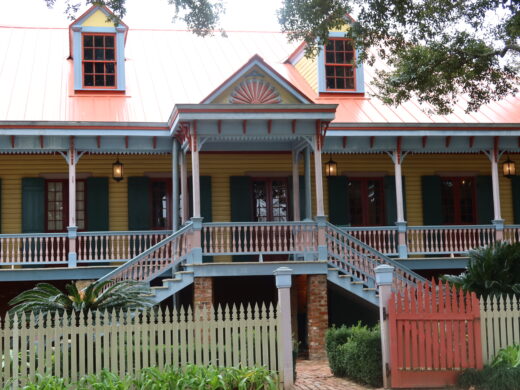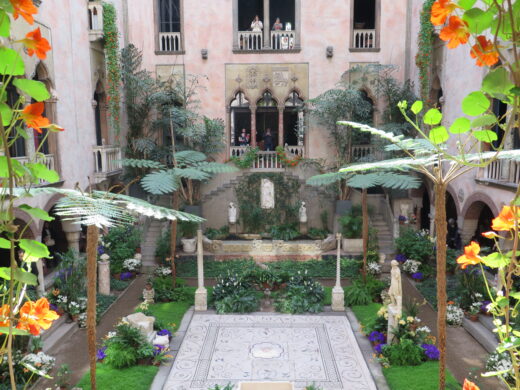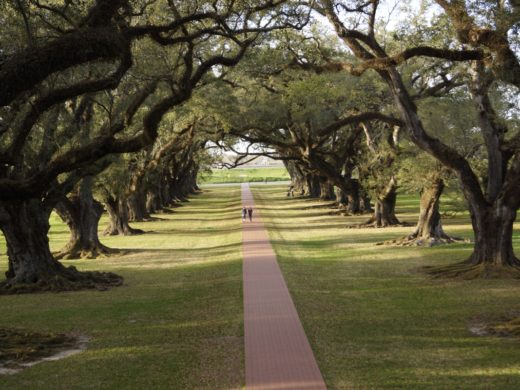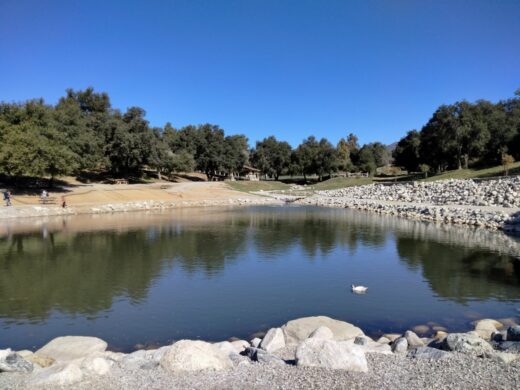Greenwood Plantation in Historic St. Francisville Louisiana
Greenwood Plantation in St. Francisville, Louisiana, is one of the most classic plantation homes around. It dates from the early 1800’s and is built in the Greek Revival style. I’m sure that many years ago there were lots of plantations of this architectural style; however, few have survived the years. A person feels like they are traveling back in time while visiting this home. Once thriving cotton plantations are now overgrown fields and vines. We went down narrow winding roads to get to the property.
The plantation is probably best known for the movies which were filmed there. These include: Drango (1957), Louisiana, (1984), North and South – Book I (1985), North and South – Book II (1986), and Sister, Sister (1987), GI Joe II and Jeepers Creepers III.
We visited the plantation on a Sunday afternoon in March. Twenty-eight massive columns circle the plantation home which is about 100 feet square.
In the distance is a pond which reflects the plantation when the lighting is right. The pond was dug by slaves who used the clay for the bricks of the home.
The home was built by William Ruffin Barrow of English descent in 1830 for his wife and family. His father was brought as a child from North Carolina to the West Feliciana area which was under Spanish rule. Interestingly, this part of Louisiana was settled by the English and the Feliciana’s were not included in the Louisiana Purchase. They remained under Spanish rule and plantation owners briefly revolted to form their own West Florida Union.
The original home was built of young sapling trees which “snap”; hence the name Greenwood. The massive plantation home was built over several years by builder James H. Coulter, who came to West Feliciana in the 1820s from Delaware. The home burnt to the ground in 1960 after being struck by lightening leaving only the massive columns and chimneys. No architectural plans existed, but the owners restored the home using photos and verbal stories. Original paintings and furniture from related families now furnish the home. One of the bedrooms has photos of two of the young Ruffin children.
William Ruffin Barrow was born December 21, 1800, to William Barrow and Pheraby Hillard. He passed away in 1962 at Greenwood Plantation. He married his first cousin, Olivia Ruffin Barrow, who was born April, 1806,and died June 1, 1857, a daughter of Bennett Barrow and Martha Hill. Willam Ruffin Barrow became the father of six children by this marriage and nine children total. Here is a daughter.
And a son.
The rooms now have beautiful furnishings.
The home has high ceilings and a large central hallway with rooms on either side.
A beautiful chandler graces the hall. It is the site of many modern day weddings.
William Barrow Ruffin was of the most successful and prosperous plantation owners in Louisiana. During the antebellum years, he owned 750 slaves and 12,000 acres of land and grew cotton and sugar cane. He owned several race tracks and loved racing. During the Civil War he was one of the original signers of the Louisiana declaration to withdraw from the union which made him a wanted man. The family fled the plantation and moved to Texas taking many slaves with them. During the Civil War, the plantation was used as a Union hospital and escaped devastation.. After the war the family returned, but the plantation and economy were in ruin.
William Barron Ruffin served in the Confederate Army. He died from gangrene after being thrown from a horse.
One of the subsequent owners of the plantation planted the hundreds of live oak trees laid out in a pattern. As she walked, she planted her cane in the ground, whereas the gardener planted a live oak tree.
We visited in March when the azaleas were beginning to bloom. They made a picturesque addition to the green and grey background of the live oak trees filled with Spanish moss. We had a relaxing afternoon.
On our way out a small swamp bog caught our attention.
Wonder what history and secrets it holds.
Since the home was rebuilt, it does not qualify for the National Historic Register. However, the ambiance is that of early plantation years. I suggest stopping for a visit if you come to Louisiana.



